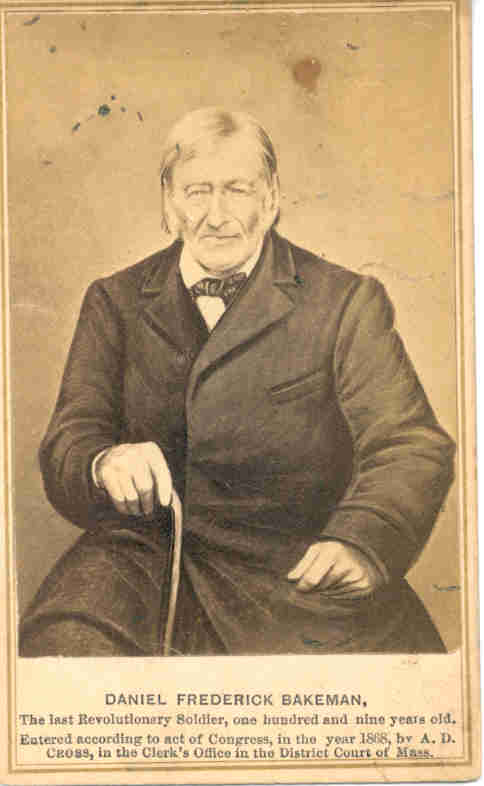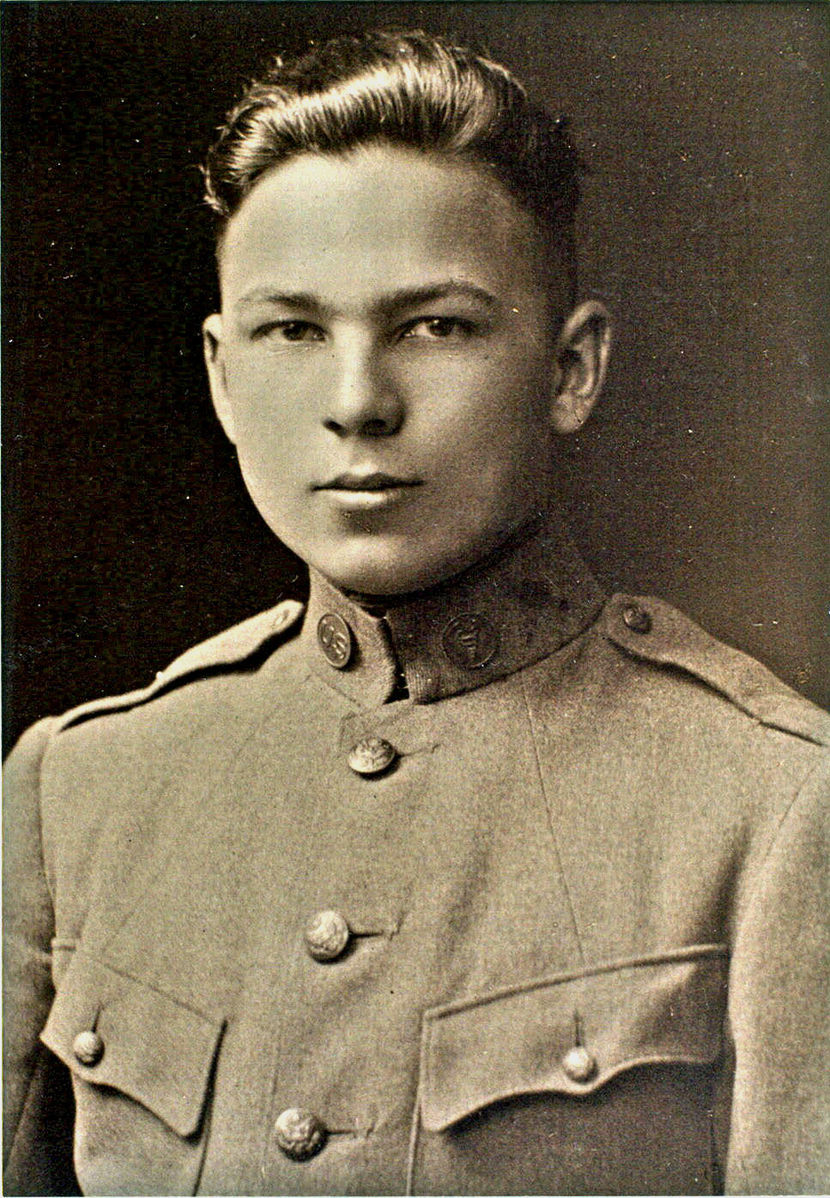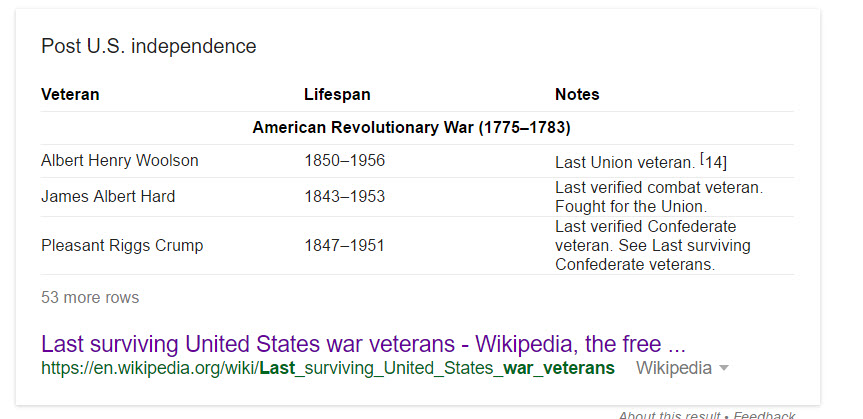The Faces of U.S. Military Veterans through the Centuries
When I’m not at the podcast microphone, you can usually find me on a plane. And on one of those recent flights I had the privilege travelling along side a few of the last of the Tuskegee Airmen of WWII.
The History of the Tuskegee Airmen
The Tuskegee Airmen was the common name given to a group of African-American military pilots who fought in World War II. Before the 1940’s, African-Americans had not been admitted to the U.S. Army Air Corps flight training program. In 1940, this changed with the formation of a segregated unit to train black pilots and ground crews at Tuskegee Institute in Alabama.
The 996 pilots and more than 15,000 ground crew of the Tuskegee Airmen are credited with over 150 Distinguished Flying Crosses for their service. The Tuskegee Airmen continued flying and fighting until the end of the war in 1945.
Meeting A Tuskegee Airman
After the flight, I collected my luggage and found a spot on the curb outside to wait for my husband to pick me up. It was then I noticed I was standing next to one of the Tuskegee group who was sitting quietly alone waiting for his ride. I couldn’t resist the opportunity to shake his hand and thank him for his service. A warm, friendly grin greeted me from under the Tuskegee baseball cap and we easily fell into conversation.

He explained that a handful of retired Airmen were returning home from a national conference held each year. I also learned, to my great surprise after looking at the patch on his suit coat, that I was speaking with Brigadier General James T. Boddie! Tim (as he likes to be called) is a retired deputy director for operations J-3 of the National Military Command Center and Organization of the Joint Chiefs of Staff in Washington, D.C.
Boddie was born in Baltimore in 1931 and graduated from Frederick Douglass High School in 1949, just behind the Tuskegee Airmen of WWII. Later in his career (starting in 1961,) Tim served as the Air Force Reserve Officers’ Training Corps program commandant of cadets at Tuskegee Institute, Alabama. He also taught military aspects of world political geography and international relations to senior cadets.
When I asked him what some of his most cherished memories were, he didn’t hesitate. Although he has a long and decorated history of service, he fondly reminisced about the young men he has met and assisted along the way. “Our country needs good men now more than ever,” he stated emphatically. He said that he has made it his mission since retiring in 1983 to mentor servicemen in their military careers. He pulled out his smartphone and happily whisked through a series of photographs he had taken with young up-and-coming cadets.
Great! He likes pictures, I thought. There was no flinching when I asked the 85-year-old to take a selfie with me. “Absolutely!” he said enthusiastically as he set down his own smartphone.
Boddie’s face radiated with pride and patriotism, wisdom and strength. This brought my thoughts to the United States heroes who bravely faced peril and sacrificed their lives for our country. Wouldn’t it be stunning to be able to see the faces of our ancestors who fought in the American Revolutionary War, The War of 1812, and the wars that followed? Well, it’s not as unlikely as you might think.
The American Revolutionary War
I didn’t think it was possible to find pictures of the faces of American Revolutionary War heroes, but it is! The pictures are exceptionally rare because few of them lived long enough to have their faces captured on film.
A Utah journalist named Joe Bauman spent three years collecting images of the faces of these veterans. To view his collection of these great men, click here.
The last known Patriots of the American Revolutionary War were John Gray, who died in 1868 and Daniel Frederick Bakeman, who died in 1869. [1]
See more riveting faces of Revolutionary War veterans in Maureen Taylor’s books The Last Muster: Images of the Revolutionary War Generation and The Last Muster, Volume 2: Faces of the American Revolution
The War of 1812
Sometimes considered the “second war for independence,” the War of 1812 was in part due to the desire for Americans to expand west.
The fighting that originally started between the U.S. and Britain, soon included the American Native tribes. The defeat of the British at the Battle of Tippacanoe convinced many Indians in the Northwest Territory (including the celebrated Shawnee chief Tecumseh) that they needed British support to prevent American settlers from pushing them further out of their lands.
The valiant faces of the this war can be more readily found, perhaps even in your own family history. Many wonderful images can be found by simply Googling War of 1812 Veteran, and then clicking the Images results tab.
Hiram Cronk was the last surviving veteran of the War of 1812 at the time of his death in 1905. He died at the age of 105.[2]
The American Civil War
Did you know that children of American Civil War veterans still live among us? Two such “children” share their fathers’ stories in an article titled “Children of the Civil War Veterans Still Walk Among Us, 150 Years After the War.”
Not only will you find inspiration in the children’s stories, but the stories of many Civil War Veterans who lived to tell their remarkable tales. You can see faces of Civil War veterans in many places online, but the collection of Portraits of Named Civil War Enlisted Men at the Library of Congress is especially moving.
The last known surviving Union Army soldier was Albert Henry Woolson. He died in August 1956. [3]
Spanish American War
The Spanish American War of 1898 led to the U.S. control of Cuba (who later became an independent nation), Guam, the Philippine Islands, and Puerto Rico. The war only lasted a short 10 weeks.
Whether your ancestors were fighting for the Spanish side or the American side, there are lots of fantastic pictures of our fighting heroes. Check out the 917 pictures of the Spanish American War at GettyImages.com.
World War I

Frank Buckles, August 1917.
The handsome Frank Buckles born in Bethany, Missouri was the last surviving veteran of WWI, dying at 110 years of age. You can see his name among a list of last surviving WWI veterans by country here.
WWI, also known as the Great War, ravaged the European continent for nearly three years before the United States joined their allies to fight in the war. Many of our young men and women lost their lives to serve and protect in the first of two World Wars.
You can enjoy hours of viewing images at the Library of Congress’ digital collection titled World War I in Pictures: An Overview of Prints & Photographs Division Collection.
Remembering Faces of U.S. Military Veterans
I hope my story of meeting Brigadier General James T. Boddie has inspired you to look for the faces of your family’s military veterans. Even if you never find a photograph of your veteran hero, it is important to learn their stories of bravery and sacrifice, both on and off the battlefield.
Do you have a special veteran hero in your family history? We would love to hear about them in the comments below. While you are at it, if you have a picture of your veteran, please post it to our Genealogy Gems Facebook page. We love to hear from you. Thanks for reading, friends!
More Gems on Finding Your Military Veterans
Be a Hero! 4 Ways to Rescue Military Memories and Artifacts

![Toni Frissell [Public domain], via Wikimedia Commons](https://test.lisalouisecooke.com/wp-content/uploads/2016/09/Faces_of_Veterans_FeatureImage.png)









